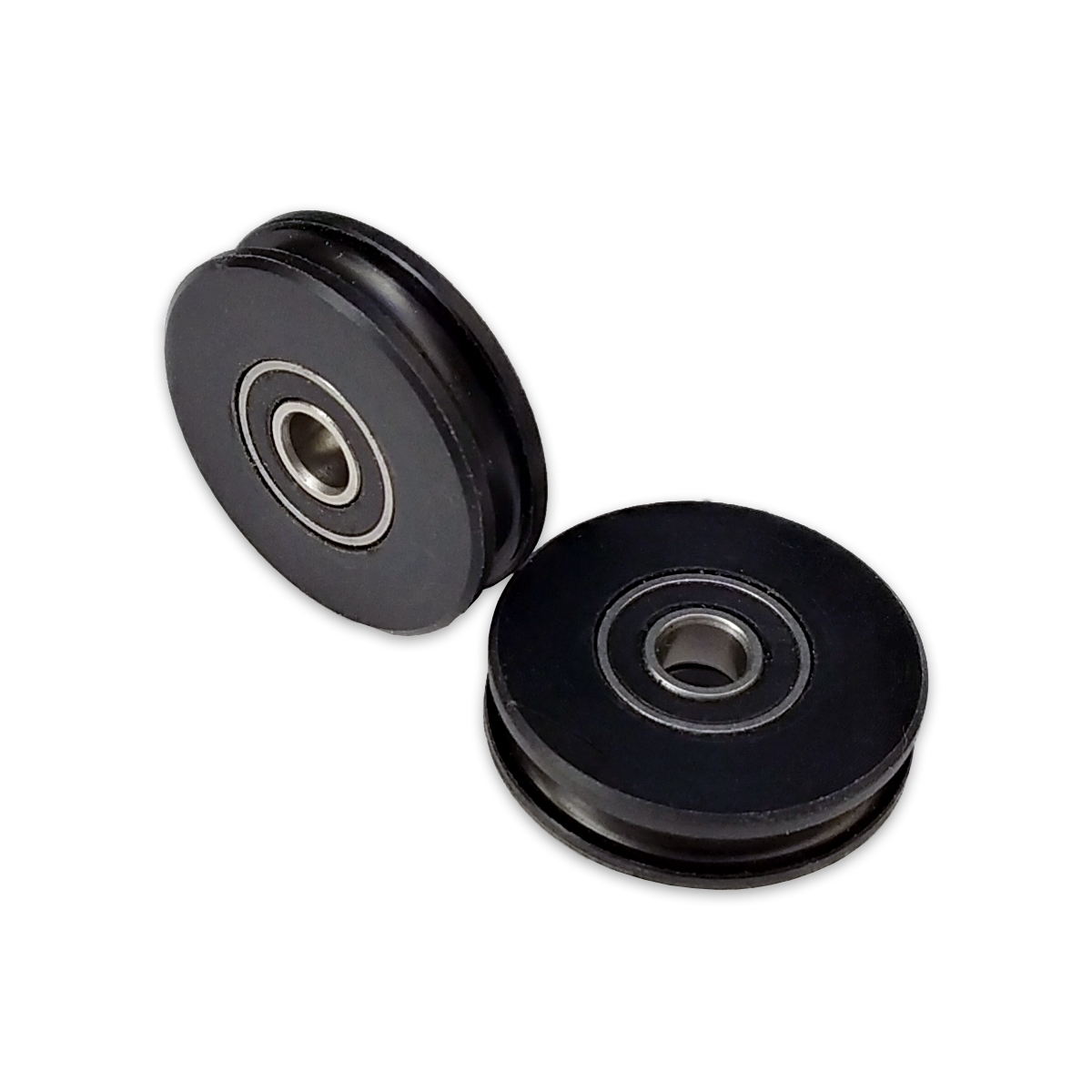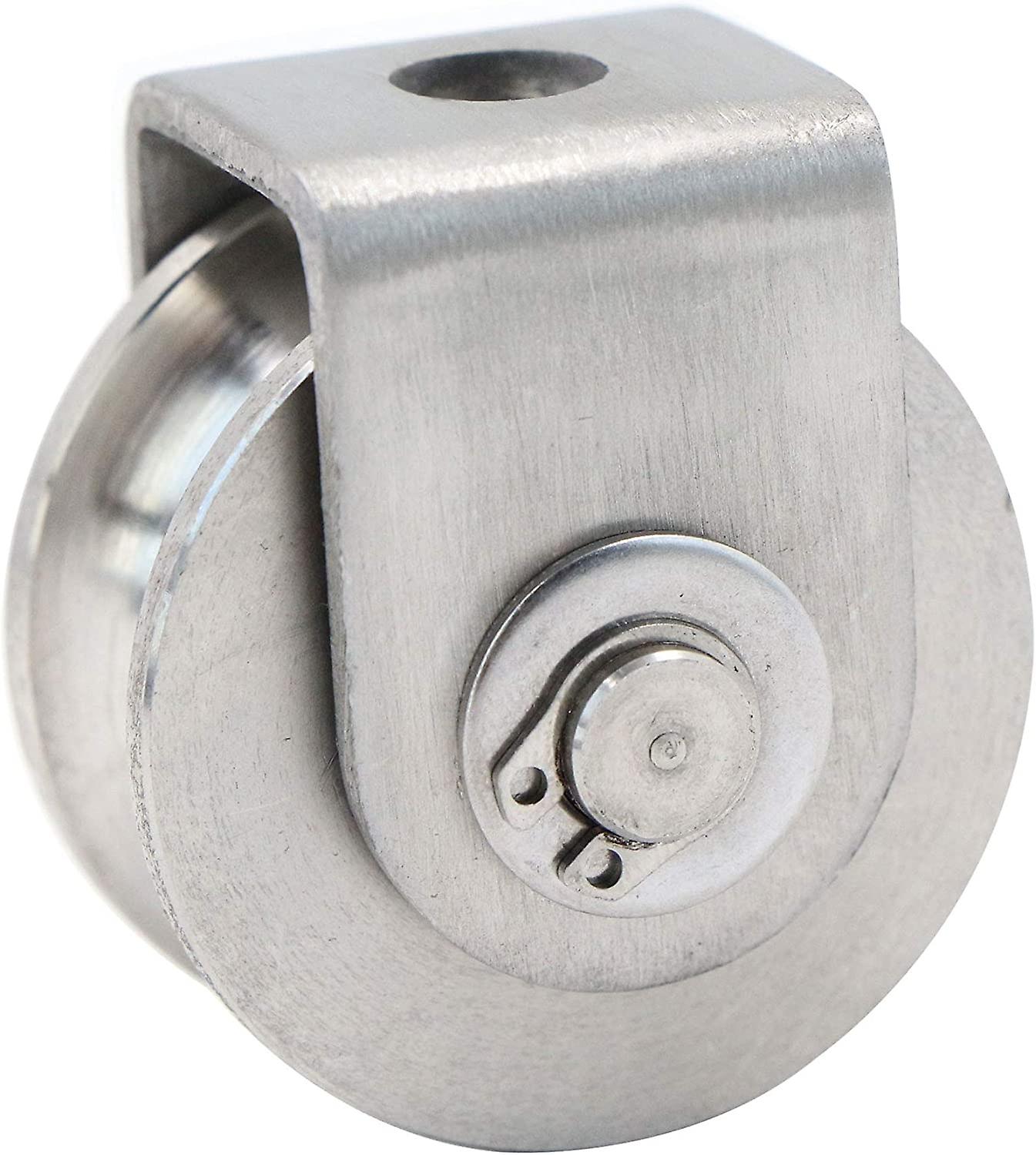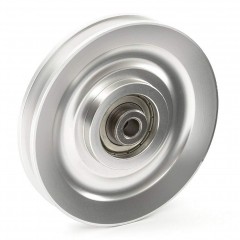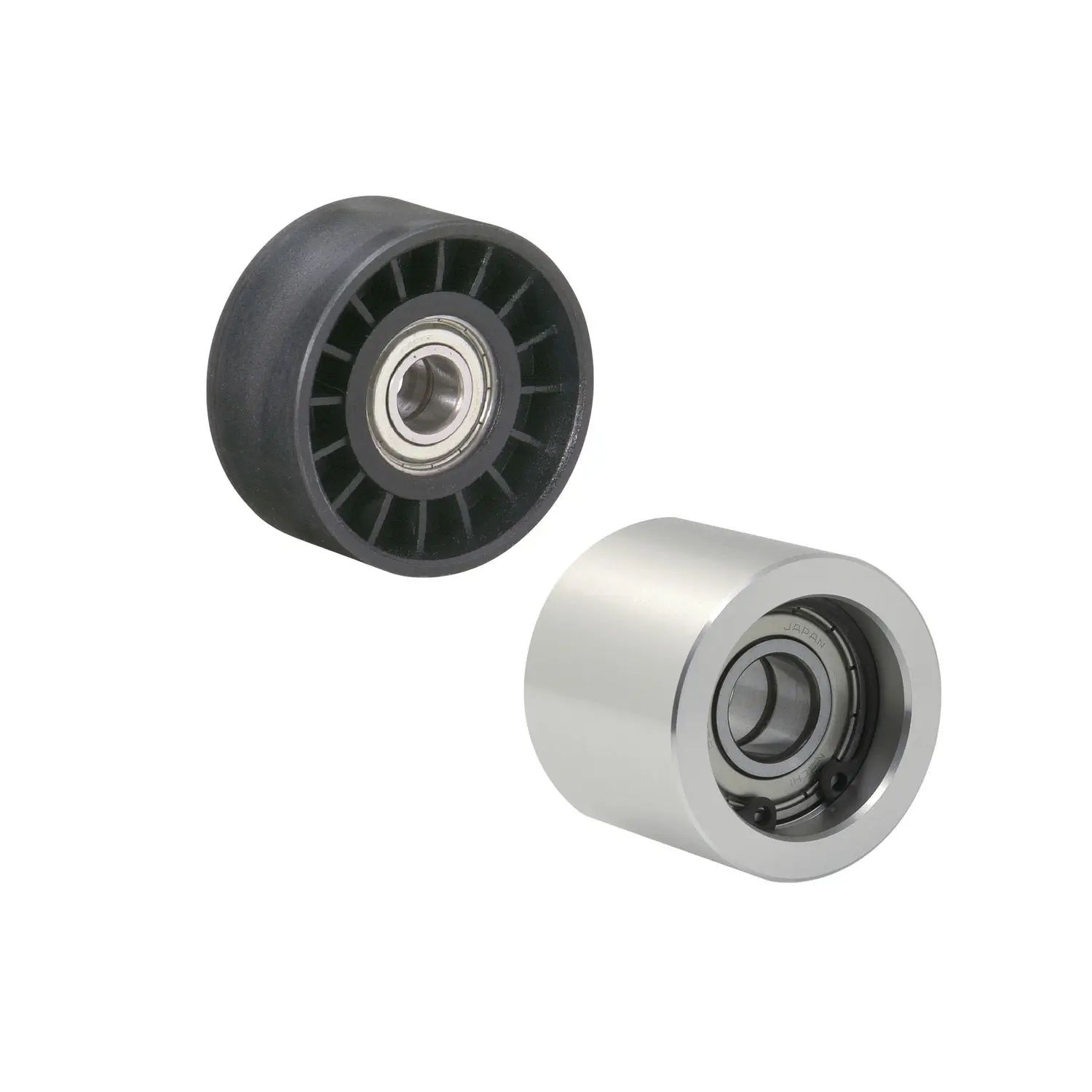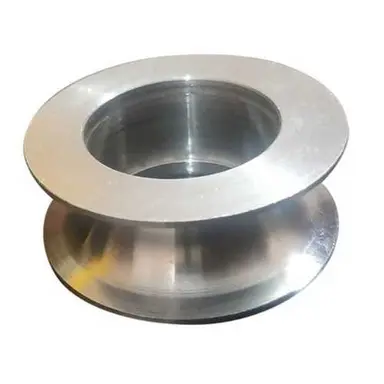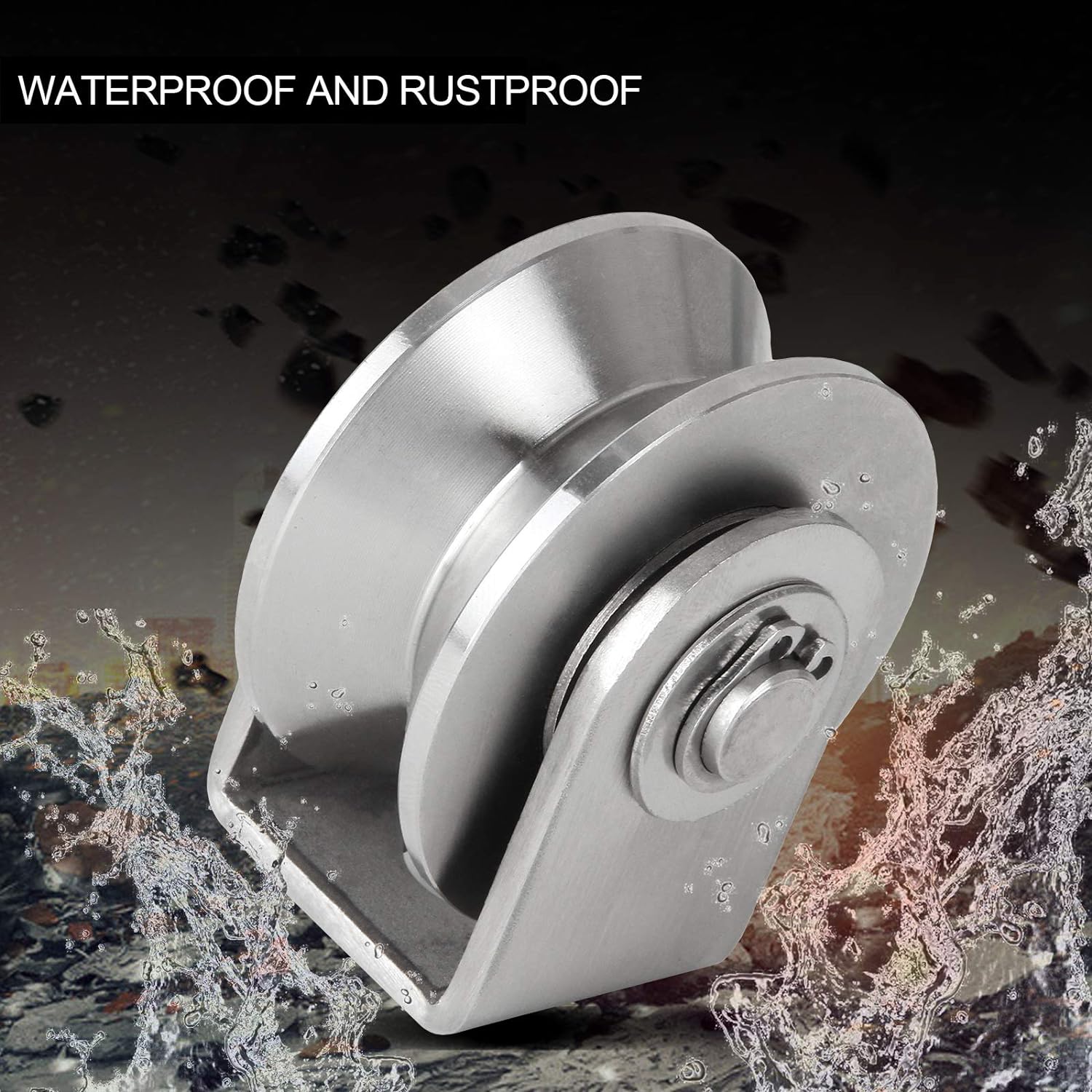Product Description
Product Description
Cable Pulley Ceramic Pulley Wheel Wire Cable Pulley
Cable pulley wheels, wire cable pulley, flanged cable pulley, plastic cable pulley, nylon cable pulley.
Flanged ceramic roller, Wire guide pulleys (ceramic pulleys) is commonly used component when wire passing is required, it can be used in coil winding machine, cable machine and the textile machinery as well. The porcelain ring is mounted on the bearing, Coil winding wire guide pulley(wire roller) will rotate by the thread and wire passing on the surface of the ring. Thus the sliding friction has been converted to the static friction.
But at the start and stop, in order to overcome the inertia, there will be a partial sliding friction. The surface Polish degree of the porcelain ring reaches Ra0.2; The beating during rotation is under 0.15. We select the 99% Al2O3 as the material with the hardness of HRA88 and the density of 3.85…Two nylon side walls have been put to the both side of the ceramic ring and the bearing, coil winding wire guide pulley (wire roller) combines 1 wire roller
Cable pulley wheels, wire cable pulley, flanged cable pulley, plastic cable pulley, nylon cable pulley.
| Specification table of wire roller | |||||
| Modle No | A((mm) | B(mm) | C(mm) | D(mm) | E(mm) |
| HCR001-B03 | 20 | 15 | 3 | 4.8 | 3 |
| HCR002-B04 | 28.7 | 20 | 4 | 6.4 | 4 |
| HCR003-B03 | 30.4 | 15 | 3 | 10 | 3 |
| HCR004-B04 | 40 | 20 | 4 | 15 | 3 |
| HCR045-B04 | 45 | 4 | |||
| HCR045-B05 | 5 | ||||
| HCR045-B06 | 6 | ||||
| HCR005-B05 | 54.5 | 30 | 5 | 10 | 6 |
| HCR005-B06 | 6 | ||||
| HCR005-B07 | 7 | ||||
| HCR005-B08 | 8 | ||||
| HCR006-B07 | 60 | 40 | 7 | 13 | 7 |
| HCR006-B08 | 8 | ||||
| HCR006-B10 | 10 | ||||
| HCR006-B12 | 12 | ||||
| HCR007-B05 | 60 | 30 | 5 | 18 | 6 |
| HCR007-B06 | 6 | ||||
| HCR007-B07 | 7 | ||||
| HCR007-B08 | 8 | ||||
| HCR008-B10 | 79.2 | 50 | 10 | 15 | 9 |
| HCR009-B07 | 80.5 | 40 | 7 | 25 | 7 |
| HCR009-B08 | 8 | ||||
| HCR571-B10 | 99.3 | 50 | 10 | 29.5 | 9 |
Company profile
HARTAI TECHNOLOGYLIMITED was founded in 2001, the factory is located in HangZhou city. ZheJiang province.
We specialized in the manufacture and RD of the component which is used in coil of wire and tension systems. textile machinery and electrical industry precision ceramics. Such as: coil winding nozzle, coil winding tensioner, tension meter, ceramic eyelets, ceramic coating pulley. etc.
We produce high quality coil winding nozzle which include tungsten carbide nozzle, ruby nozzle and ceramic nozzle. We adopt the excellent raw material and technology to ensure best quality which exceed our customer’s expection. Our main customer Mitsubishi, ABB, SVM, YKK. etc, We expect long term relationship with you!
Our Factory Advantages:
1. Competitive prices
2. Good after-sale services
3. Fast delivery
4. High quality control
5. Customized size, design
Other products
We also provide other relative precision parts
For more product, pls see the photos as follow, if you need, pls contact us.
FAQ
Frequently Asked Question:
Q1. How long will I get a quotation?
The quotation will send to you within the 24h when we got your inquiry.
Q2. Can I get a sample?
Samples are available CHINAMFG customers request .
Q3. Can you do the design for us?
Yes, our factory can accept the OEM orders.
According to your drawing or sample to do it.
Q4. How long can I expect to get the sample and mass quantities?
Normally it takes 7 working days to produce the sample. Generally, 7-15 working days for mass order. If urgent ,delivery time may be pushed by negotiation.
Q5. How about the delivery method?
The goods always sent by DHL,UPS,FEDEX, EMS by airplane or sea.
We also can send the goods to your warehouse if you have warehouse in China.
Q6.What’s your terms of payment?
T/T ,30%deposit, 30%balance. Other payment methods such as Paypal, West Union, L/C are negotiable.
Q7.What’s your main product?
Our company main products including various nozzle,coil of wire,tensioner etc.
Q8.What’s the application of your products?
Various products have been widely used in various type of electronics,machinery,textile and other equipment.
Contact us
Welcome to send the inquiry to us to get more details information.
/* January 22, 2571 19:08:37 */!function(){function s(e,r){var a,o={};try{e&&e.split(“,”).forEach(function(e,t){e&&(a=e.match(/(.*?):(.*)$/))&&1
| Classification: | Special Parts |
|---|---|
| Processing Type: | Mechanical Process |
| Match Machine: | Spinning Equipment |
| Material: | Plastic and Ceramic |
| Processing Level: | Precision Finishing |
| Mechanical Process: | Grinding |
| Samples: |
US$ 5/Piece
1 Piece(Min.Order) | |
|---|
| Customization: |
Available
| Customized Request |
|---|

How do roller pulleys enhance the reliability and performance of conveyor systems?
Roller pulleys play a crucial role in enhancing the reliability and performance of conveyor systems. Here are several ways in which they contribute to the overall efficiency and effectiveness of these systems:
- Smooth Material Handling: Roller pulleys provide a smooth and controlled surface for materials to move along the conveyor system. The rotating rollers minimize friction and resistance, allowing for efficient and consistent material flow. This smooth handling reduces the risk of jams, bottlenecks, and product damage, resulting in improved operational reliability.
- Load Distribution: Roller pulleys distribute the weight of the conveyed materials across multiple rollers, evenly distributing the load. This load distribution prevents excessive stress on individual rollers, bearings, and other conveyor components. By distributing the load, roller pulleys help maintain the integrity of the conveyor system, minimize wear and tear, and extend the overall lifespan of the equipment.
- Reduced Power Requirements: The low rolling resistance provided by roller pulleys reduces the power requirements of the conveyor system. With less energy needed to move materials along the conveyor, the system operates more efficiently, resulting in lower energy consumption and reduced operating costs.
- Flexibility and Adaptability: Roller pulleys offer flexibility and adaptability in conveyor system design. They can be configured to accommodate various layouts, including straight sections, curves, and inclines. Roller pulleys with specialized features, such as tapered rollers or grooved rollers, can be utilized to handle specific material handling requirements. This adaptability allows for the efficient customization of conveyor systems to suit different applications and operational needs.
- Easy Maintenance: Roller pulleys are designed for easy maintenance and replacement. They are typically accessible and can be quickly replaced when necessary. Routine maintenance tasks, such as lubrication or cleaning, can be performed efficiently, minimizing downtime and maximizing the availability of the conveyor system.
- Compatibility with Automation: Roller pulleys are compatible with various automation technologies, such as robotics and automated guided vehicles (AGVs). They can seamlessly integrate with these systems, enabling the automation of material handling processes. Roller pulleys ensure precise movement and alignment, allowing for smooth interaction between the conveyor system and automated equipment.
- Scalability: Roller pulleys facilitate the scalability of conveyor systems. Additional roller pulleys can be easily incorporated to extend the length of the conveyor or accommodate increased material flow. This scalability allows for the efficient expansion or modification of conveyor systems as operational requirements evolve.
By providing smooth material handling, load distribution, reduced power requirements, flexibility, easy maintenance, compatibility with automation, and scalability, roller pulleys significantly enhance the reliability and performance of conveyor systems. They optimize material flow, minimize downtime, and contribute to the overall productivity of logistics and manufacturing operations.
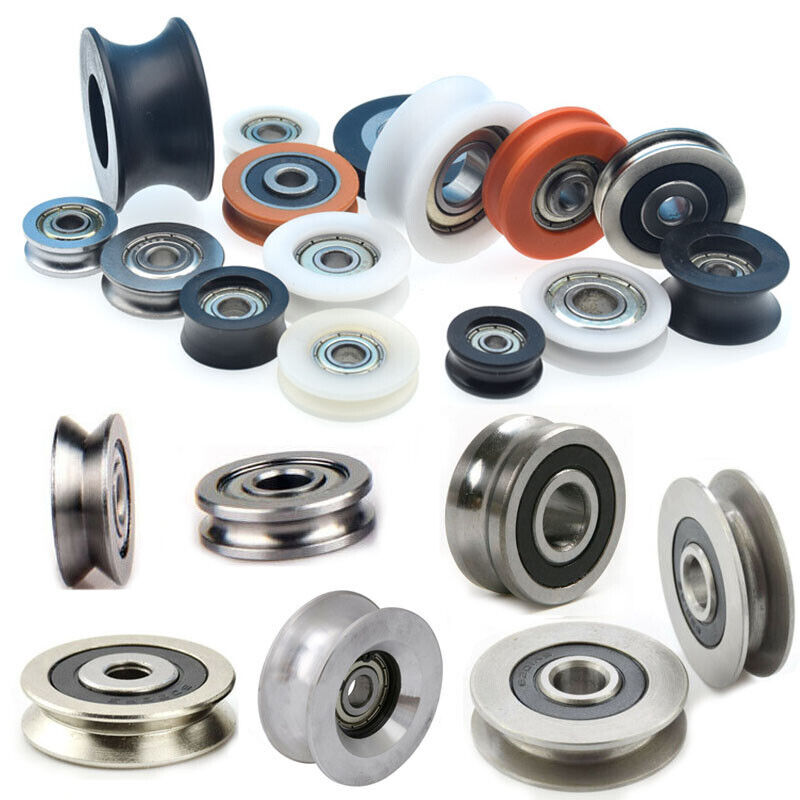
How do roller pulleys contribute to the efficiency and productivity of material handling operations?
Roller pulleys play a crucial role in enhancing the efficiency and productivity of material handling operations in conveyor systems. Here are the ways in which roller pulleys contribute to these aspects:
- Smooth Material Flow: Roller pulleys provide a smooth surface for the conveyor belt to move on, minimizing friction and allowing materials to flow seamlessly. The low rolling resistance offered by roller pulleys reduces the energy required to transport materials, resulting in improved efficiency and optimized power consumption.
- Reduced Manual Effort: By utilizing roller pulleys, manual effort in material handling operations is significantly reduced. The rollers support the weight of the materials and facilitate their movement along the conveyor, eliminating or minimizing the need for manual pushing or lifting. This reduces physical strain on workers, increases their productivity, and lowers the risk of injuries.
- Flexibility and Versatility: Roller pulleys offer flexibility and versatility in material handling operations. They can be designed and configured to accommodate various conveyor layouts, including straight sections, curves, inclines, and declines. This adaptability allows for efficient material transfer across different areas of a facility or between different stages of a production process.
- Accurate Sorting and Distribution: Roller pulleys are often used in sorting and distribution applications, where precise and controlled movement of materials is required. By incorporating specialized rollers, such as tapered rollers or diverter rollers, conveyor systems can accurately divert, merge, or sort materials based on predetermined criteria. This improves the accuracy and speed of sorting operations, leading to enhanced productivity and throughput.
- Increased Throughput: Efficient material handling facilitated by roller pulleys results in increased throughput. The smooth movement of materials, reduced bottlenecks, and optimized flow contribute to higher processing speeds and improved overall production capacity. Conveyor systems with properly designed roller pulleys can handle larger volumes of materials, allowing for faster and more efficient material handling operations.
- Automation Integration: Roller pulleys are compatible with automation technologies, such as sensors, controllers, and robotic systems. This enables the integration of conveyor systems with automated material handling processes. By incorporating roller pulleys into automated systems, tasks such as material loading, unloading, sorting, and packaging can be streamlined and performed with high precision, further enhancing efficiency and productivity.
In summary, roller pulleys contribute to the efficiency and productivity of material handling operations by enabling smooth material flow, reducing manual effort, providing flexibility and versatility, facilitating accurate sorting and distribution, increasing throughput, and supporting automation integration. These benefits make roller pulleys an essential component in optimizing material handling processes across various industries and applications.
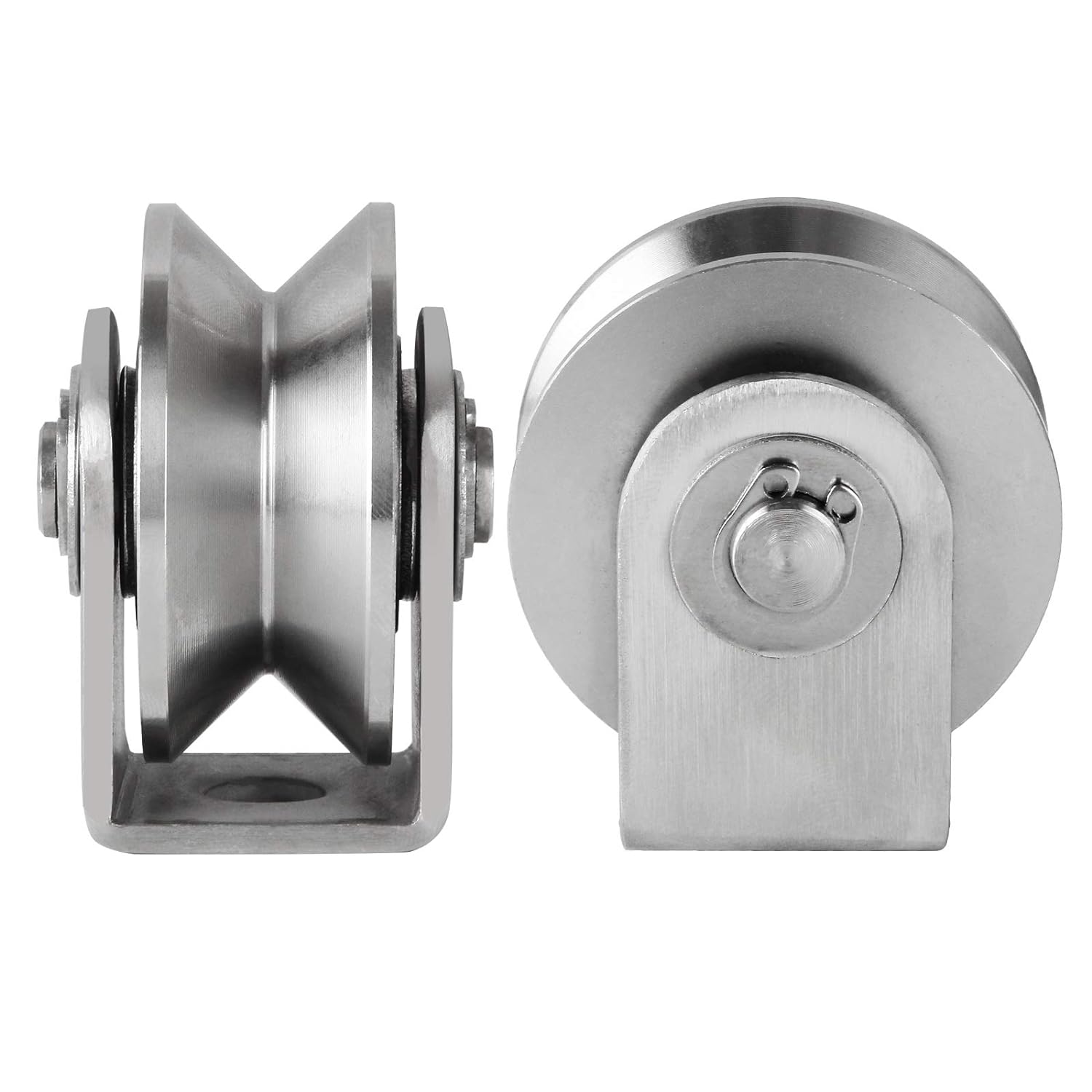
What is a roller pulley, and how is it used in material handling and conveyor systems?
A roller pulley is a specific type of pulley commonly used in material handling and conveyor systems. Here’s a detailed explanation:
Definition: A roller pulley, also known as a conveyor roller, is a cylindrical component with a built-in bearing or bushing that rotates around a central axis. It features a series of rollers or wheels along its length, which enable smooth movement and support the weight of conveyed materials.
Usage in Material Handling and Conveyor Systems:
1. Load Support: Roller pulleys are primarily used to support and transport various types of loads in material handling and conveyor systems. The rollers on the pulley provide a rolling surface for items to move along, reducing friction and facilitating the smooth flow of materials. They are commonly employed in industries such as manufacturing, distribution centers, airports, and warehouses.
2. Conveyor Belt Support: Roller pulleys are often used in conjunction with conveyor belts. The pulleys support the belt, which is looped around them, and facilitate the movement of the belt and thematerials being conveyed. The rollers on the pulley minimize the contact area between the belt and pulley, reducing friction and allowing for efficient and reliable belt motion.
3. Directional Control: Roller pulleys can also be utilized to control the direction of material flow in conveyor systems. By strategically positioning the roller pulleys, curves, turns, and changes in direction can be introduced into the conveyor path. This enables the efficient routing of materials and allows conveyor systems to navigate through complex layouts and spaces.
4. Accumulation and Sorting: Roller pulleys can be designed with specific features to facilitate accumulation and sorting of materials. For example, accumulation roller pulleys may have a low-friction surface or be equipped with brake mechanisms to temporarily stop or slow down the flow of materials. Sorting roller pulleys may have dividers or guides to redirect items to different output lanes based on predetermined criteria.
Benefits of Roller Pulleys:
1. Smooth and Efficient Material Flow: The rollers on a roller pulley provide low-friction surfaces, allowing materials to flow smoothly and minimizing the effort required for movement. This results in efficient and reliable material handling in conveyor systems.
2. Load Bearing Capacity: Roller pulleys are designed to support heavy loads, making them suitable for material handling applications that involve transporting bulky or weighty items. The robust construction and load-bearing capabilities of roller pulleys ensure reliable and safe operation.
3. Flexibility and Adaptability: Roller pulleys offer flexibility in terms of conveyor system design and layout. They can be configured to accommodate various conveyor widths, lengths, and configurations, allowing for customization to suit specific material handling requirements.
4. Durability: Roller pulleys are typically constructed from durable materials such as steel or high-strength plastics. This ensures their longevity and ability to withstand heavy usage and harsh operating conditions.
In summary, a roller pulley is a specialized pulley component utilized in material handling and conveyor systems. It supports loads, facilitates the movement of conveyor belts, controls material flow direction, and enables accumulation and sorting. Roller pulleys offer benefits such as smooth material flow, high load-bearing capacity, flexibility in system design, and durability, making them integral to efficient and reliable material handling operations.


editor by CX
2024-05-16

